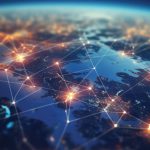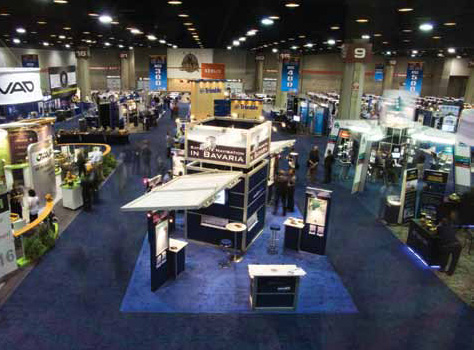As the coronavirus pandemic and measures to mitigate its impact continue to roll out, we look at how GNSS technology has been employed.
Inside GNSS spoke with Zheng Yao, associate professor with the Department of Electronic Engineering, Tsinghua University. He has extensive experience working on China’s BeiDou satellite navigation system and is well-placed to speak about Chinese efforts. Yao stated, “BeiDou and other GNSS can play a significant role in controlling the virus, for positioning data acquisition, for accurately describing and analyzing the occurrence, development and evolution of virus outbreak. Such important location information affects our decision-making and deployment, guides the logistics, people, traffic, as well as the transportation and distribution of medical protective drugs, making order from disorder, from the unknown to awareness and understanding, and to prediction.”
Chinese authorities had to react very quickly when the virus broke out in Wuhan, in the country’s Hubei province. Efforts included rapid construction of impromptu medical facilities on the spot. “In the construction of special hospitals in Wuhan,” Yao said, “BeiDou surveying and mapping terminals played an important role. Building a modern hospital with 1,000 beds in 10 days is an unprecedented miracle.”
GNSS is also involved in logistics operations, he said. “Although certainly GNSS do not collect people’s location information, for public regulation and logistics applications, the receivers are required to report the location. More specifically, during the epidemic period, the logistics companies are using BeiDou terminals to distinguish the relief materials, by special personnel, special vehicles to provide services for the people in the epidemic area. While BeiDou increases the efficiency of express logistics, it also improves the delivery efficiency of disaster relief materials.”
Disinfectant Application
Another significant application involving BeiDou-enabled navigation has been the use of unmanned aerial vehicles (UAVs). Yao said, “BeiDou-guided, high-precision UAVs have played an indispensable role in fighting against the epidemic by carrying out disinfection and epidemic prevention missions in some provinces of China with precise positioning.
“Relevant departments can effectively control the disinfection and epidemic prevention routes. Meanwhile, thanks to the high precision of BeiDou, the UAV can be more accurate in every work. In addition, the drones can reach many places that cannot be reached by anti-epidemic vehicles, and carry out anti-epidemic disinfection, so that there is no dead end.
“As I know, the drones in use can carry about 10 kg of disinfectant each time, a single spraying area can cover 5,000 square meters. They not only have high efficiency, but also avoid the possibility of intensive contact with the spread of the epidemic, effectively solving some challenges of the epidemic prevention work, such as lack of equipment, manpower and other problems.”
Communication
Unlike GPS and Galileo, BeiDou broadcasts RDSS (Radio Determination Satellite Service) as well as RNSS (Radio Navigation Satellite Service) signals simultaneously from its satellites. The RDSS includes a short message delivery service.
“The RDSS function of BeiDou also plays an important role in information distribution,” Yao said. “The Ministry of Transportation has continuously pushed the epidemic information to more than six million vehicles connected to the National Public Supervision and Service Platform for Road Freight Vehicles, and recommended road driving and transportation service information. All the above BeiDou applications are on-going,” he said, “The future potential applications are limited only by the imagination.”
Not everything China is doing is without controversy. A source in Belgium who is close to the Galileo program expressed dismay at the idea of drones being used to spray disinfectant. And others have raised concerns about the tracking of people’s movements using similar technologies. No one contacted in Brussels specifically cited any European operations involving drones in the context of the coronavirus, although a number have been following closely such operations in China.
There are also reports of South Korean authorities using similar approaches to stem the spread of coronavirus in their country, including drone-based spraying of disinfectants but also the use of smartphone-generated location data; a ‘self-quarantine safety protection’ app, developed by the Ministry of the Interior and Safety, has been described. It allows people who have been quarantined to stay in touch with caseworkers, but it also uses GNSS to keep track of their location, to make sure they are not violating their quarantine.






